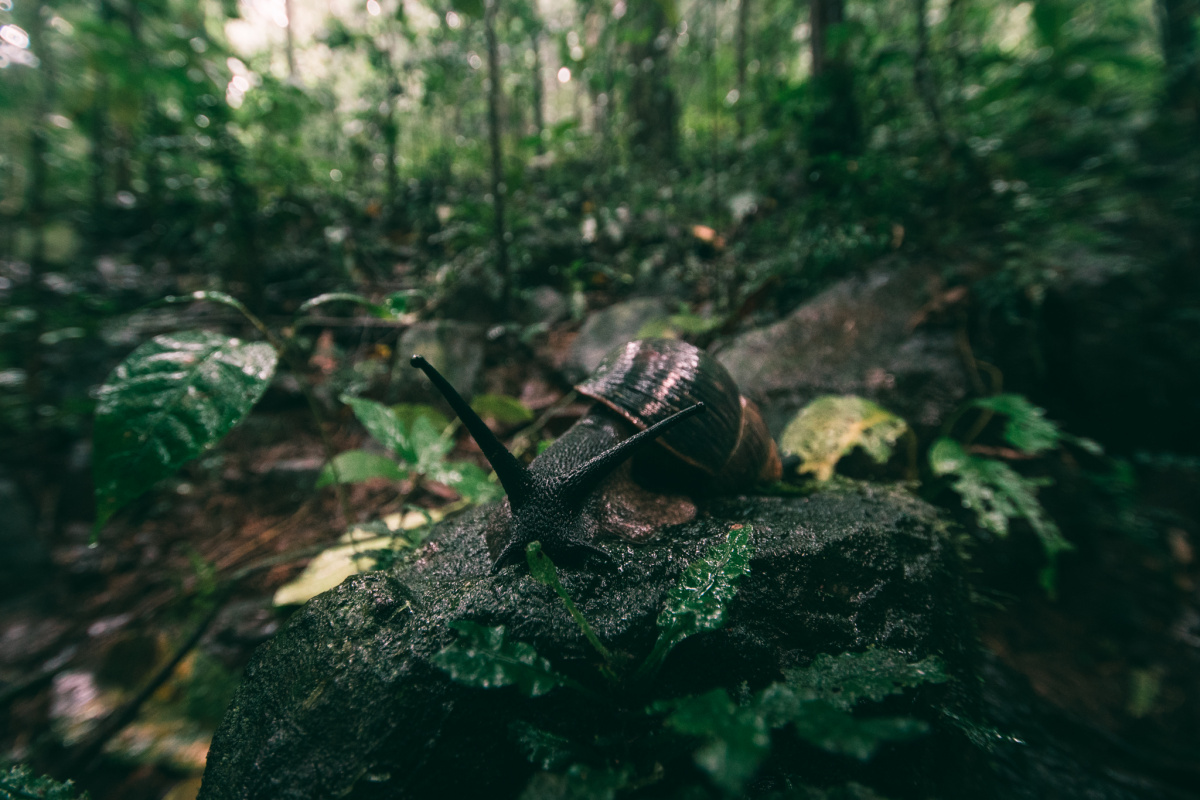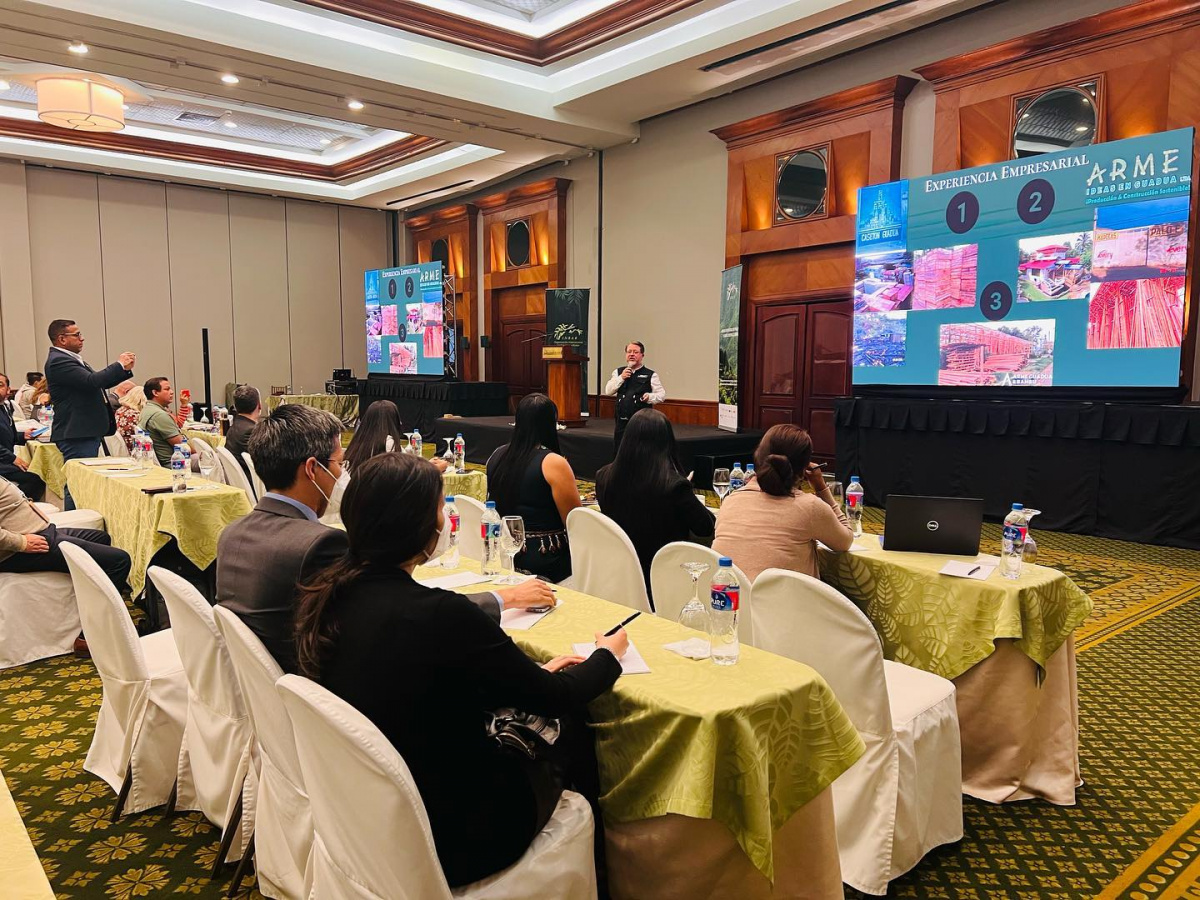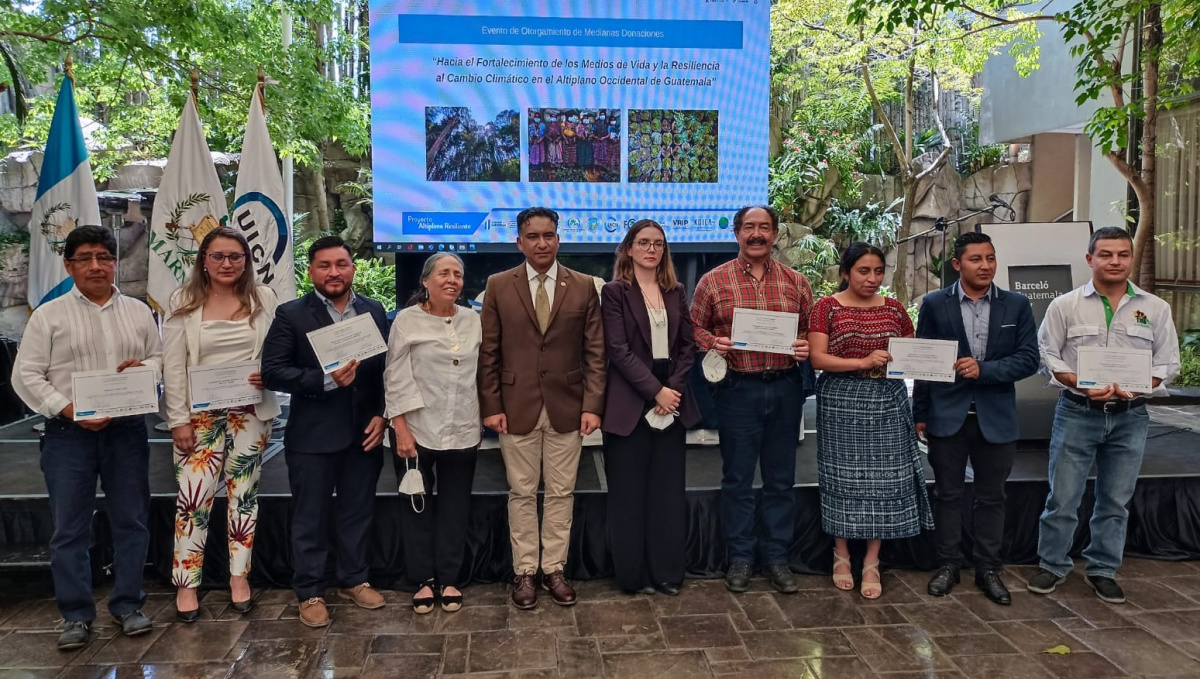The Restoration Initiative: A Sao Tome and Principe story
Bridging the gaps between the banking sector and restoration investment opportunities in Sao Tome and Principe

Photo: FAO / Marco Pagliani
One of the key barriers to expanded and scaled-up implementation of FLR is a lack of financing and credit for businesses, including smallholder farmers, to invest in FLR. Many businesses that have seen their farms, woodlots, landholdings and supply chains impacted by land degradation, would like very much to invest in restoration measures that offer a potentially good return. However, access to capital for restoration can be hard to come by for a number of reasons. These include unfamiliarity with FLR within the banking sector, uncertainty on how to price risk and compensate investors for the multiple benefits – including public benefits – that come from FLR, and lack of even basic lines of credit for many smallholders.
The TRI project in Sao Tome and Principe (STP) is working to address these barriers. Together with the Association of Banks (ASB), an umbrella institution representing the five largest private banks that operate in the country, and the public Central Bank of STP, the project is helping advance an ambitious programme of work encompassing changes to national policy, along with capacity building and development of tailored financial instruments for the financial sector. The goal is to help spur new flows of public and private finance into restoration and sustainable land management in STP.
With the ASB, work is focused on developing and implementing microcredit schemes targeting the agroforestry sector, as well as on developing a code of conduct for environmentally sound investments, which ASB-member financial institutions would commit to following. Support from TRI – both from the global support project and from the TRI STP project – includes delivery of a training programme on FLR fundamentals and financing of FLR. Training will be delivered through a series of webinars in 2021, as well as through direct guided support from financial experts on the development of financial products. The TRI STP project will also benefit from a new UNEP Finance Initiative programme called the Restoration Factory, whereby local entrepreneurs and cooperatives will receive targeted training and support from finance experts in developing “bankable” investment proposals for FLR and sustainable forest management initiatives.
On the public policy front, the TRI STP project is supporting the Central Bank of STP, which recently launched a “Strategy of Financial Inclusion” to facilitate broader access to the financial services and products that can stimulate investments into sustainable enterprises. The TRI STP project and its main partner, the Directorate of Forests and Biodiversity, were both recognized by the Central Bank as strategic partners and invited to help shape the “Green Finance” component of the strategy. Over the next several months, the project will work with the Central Bank to: (1) help develop a policy for below-market rate financing of “green products,” including reforestation, production and processing of forest products, energy, waste, and more, targeted towards individuals and micro and small businesses; (2) create products and financial services targeted towards activities that are environmentally sustainable and that contribute to the national strategy on adaptation to climate change; and (3) improve the policy and regulatory framework to stimulate start-ups in the fields of clean technology and the sustainable management of natural resources.
While benefiting from strong political support for FLR, the challenges are significant. A recent survey of smallholders by the Central Bank found that some 78 percent of respondents lacked sufficient income to even qualify for a bank account under present rules. And at a time when investments are needed to strengthen resiliency of natural systems to climate-change impacts, climate change is putting additional risks and stressors on those same investments, thereby creating a perverse feedback loop that prevents needed investments in FLR from going forward.
Despite these challenges, the agroforestry business environment in STP is dynamic and vibrant, and the demand for credit by private agroforestry sector operators is high, especially among micro, small, and medium businesses unable to access credit under the current conditions. Moreover, the challenges in accessing and mobilizing finance for FLR found in STP are common to many parts of the world where restoration needs are greatest. As such, success in STP should have impacts far beyond the shores of this West African island nation.



